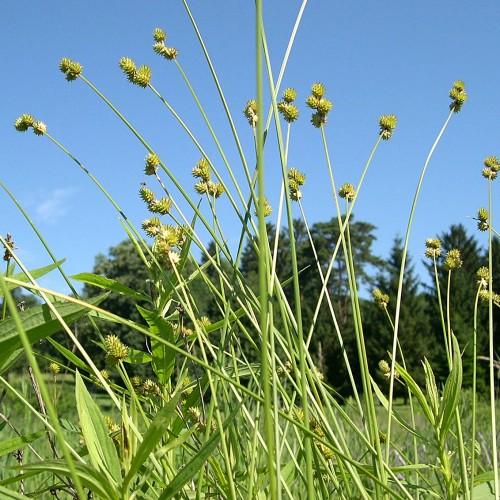
Troublesome Sedge
Carex molesta
Also Known As - Field Oval SedgeWatering:
Minimal
Hardiness Zone:
Sun:
full sun,part shade
Leaf:
Yes
Growth Rate:
Low
Drought Tolerant:
Yes
Salt Tolerant:
Yes
Care Level:
Medium
watering
Fewseeded Bog Sedge (Carex microglochin) needs to be kept moist but not overly wet. It should be watered 1 to 2 times a week. In summer, the watering should be increased to 2 to 3 times a week. For best results, lightly water the soil each time. The soil should be allowed to partially dry out between waterings to help ensure drainage. Water sparingly in winter as the plant does not need much.
sunlight
Fewseeded Bog Sedge (Carex microglochin) is a plant species that prefers partial to full sun exposure, with at least 4 hours of direct sunlight per day being optimal. It should be placed in an area that is exposed to direct sunlight most of the day, especially during the early morning hours. An ideal location for this species of plant would be an area of your garden that receives bright, direct sunlight between the hours of 8am – 2pm. Carex microglochin should not be placed in an area where it receives direct, hot afternoon sunlight, as this could cause the foliage to become scorched and die.
pruning
Fewseeded Bog Sedge (Carex microglochin) should be pruned after flowering, during autumn and early winter. It is best to wait until the flowering stalks have dried before pruning back any of the older stems of the sedge. It is important not to prune the plant too severely as this could compromise its growth. Also, be sure to trim lightly and not to cut through too much of the stem as this could result in the plant not having enough nutrients and energy to survive. Pruning should include removing some of the stem, along with all dead and dying leaves and stems. It is best to prune the stems back to about 6 inches above ground level. This will help promote vigorous new growth in the next season.
